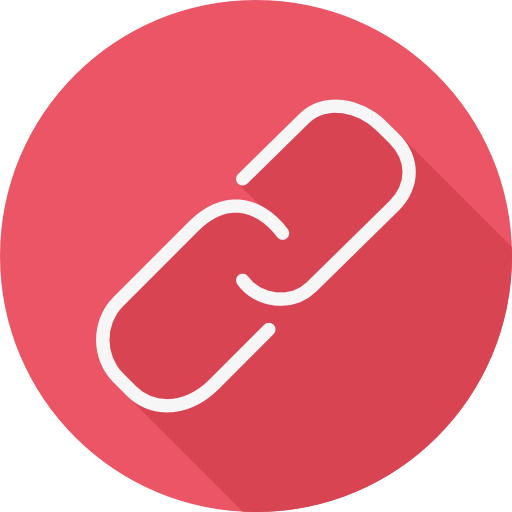You are about to remove the last item in the list. That will delete the whole list. Are you sure you want to continue?
Predictive analytics is transforming the way businesses plan and manage their contract workforce. With the increasing reliance on contingent workers, organizations need smarter strategies to ensure efficiency, cost-effectiveness, and talent optimization. By leveraging data-driven insights, predictive analytics enhances workforce planning, enabling companies to make informed hiring decisions, forecast workforce demands, and optimize staffing solutions.
Improved Workforce Forecasting
One of the most significant benefits of predictive analytics in contract workforce planning is its ability to forecast workforce needs accurately. By analyzing historical data, market trends, and business cycles, companies can predict when they will require additional contract workers. This proactive approach helps organizations prepare in advance, reducing the risk of understaffing or overstaffing.
Cost Optimization and Budget Efficiency
Hiring contract workers involves various costs, including recruitment, training, and onboarding. Predictive analytics enables businesses to optimize budgets by identifying the most cost-effective staffing solutions. By analyzing salary trends, project timelines, and workforce turnover rates, companies can allocate resources efficiently and avoid unnecessary expenses. According to a study by McKinsey & Company, organizations that leverage predictive analytics in workforce planning see a significant reduction in hiring costs.
Enhanced Talent Acquisition Strategies
Traditional hiring methods often rely on reactive decision-making, leading to delays and inefficiencies. Predictive analytics streamlines talent acquisition by identifying potential candidates before the need arises. AI-driven tools analyze candidate profiles, skill sets, and past performance, helping organizations match the right talent with the right projects seamlessly. This approach reduces hiring time and ensures a steady pipeline of qualified contract workers.
Workforce Agility and Adaptability
In today’s fast-changing business landscape, companies need an agile workforce that can quickly adapt to shifting demands. Predictive analytics provides real-time insights into workforce availability, skill gaps, and performance trends, allowing organizations to make swift staffing decisions. This agility is especially crucial for industries with fluctuating demands, such as retail, healthcare, and technology.
Reducing Employee Turnover
High turnover rates among contract workers can disrupt business operations and lead to increased hiring costs. Predictive analytics helps mitigate this challenge by identifying patterns and risk factors that contribute to attrition. By analyzing factors such as job satisfaction, workload, and compensation trends, organizations can take proactive measures to improve retention and employee engagement.
Compliance and Risk Management
Managing a contract workforce comes with legal and compliance challenges. Predictive analytics helps organizations stay ahead of regulatory requirements by analyzing labor laws, contract terms, and compliance risks. This ensures that businesses remain compliant while minimizing potential legal disputes and penalties.
Data-Driven Decision-Making
Rather than relying on guesswork, predictive analytics empowers businesses with data-driven decision-making capabilities. It provides HR teams with actionable insights, helping them refine workforce strategies, enhance productivity, and align staffing plans with business objectives. Companies that leverage predictive analytics gain a competitive edge by making smarter, more informed hiring decisions.
Integration with AI and Automation
The integration of predictive analytics with AI-powered automation tools enhances workforce planning efficiency. Automated algorithms analyze vast amounts of data in real-time, providing instant recommendations for staffing solutions. This combination of AI and predictive analytics streamlines recruitment, improves workforce allocation, and enhances overall operational efficiency.
Industry-Specific Applications
Different industries benefit from predictive analytics in unique ways. In healthcare, it helps hospitals predict patient inflows and staff accordingly. In manufacturing, it forecasts production demands and workforce needs. In the IT sector, it identifies skill shortages and ensures that projects have the right talent at the right time. No matter the industry, predictive analytics is a game-changer for contract workforce planning.

List Order
List Order
Last Modified
 Copy URL
Copy URL QR Code
QR Code


